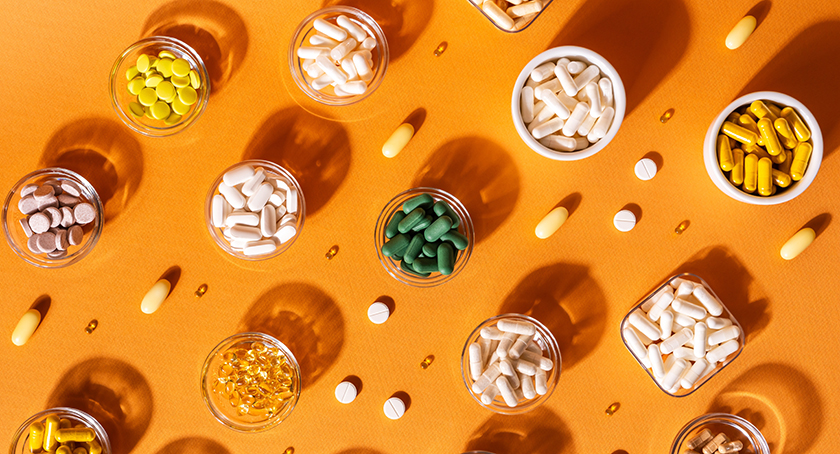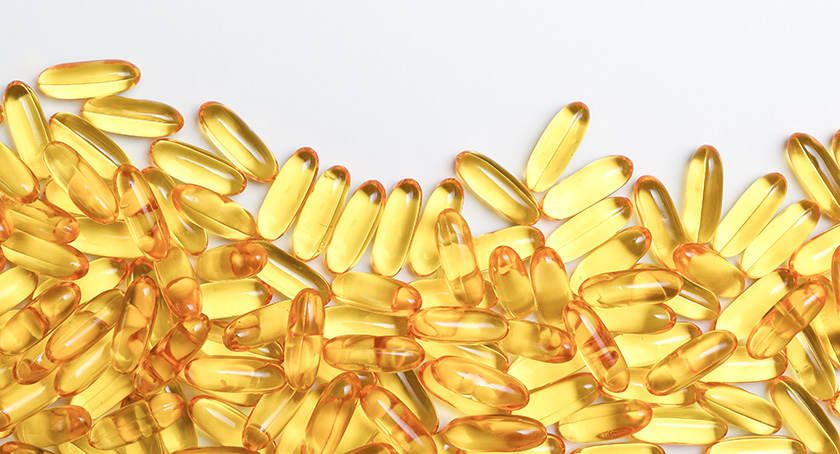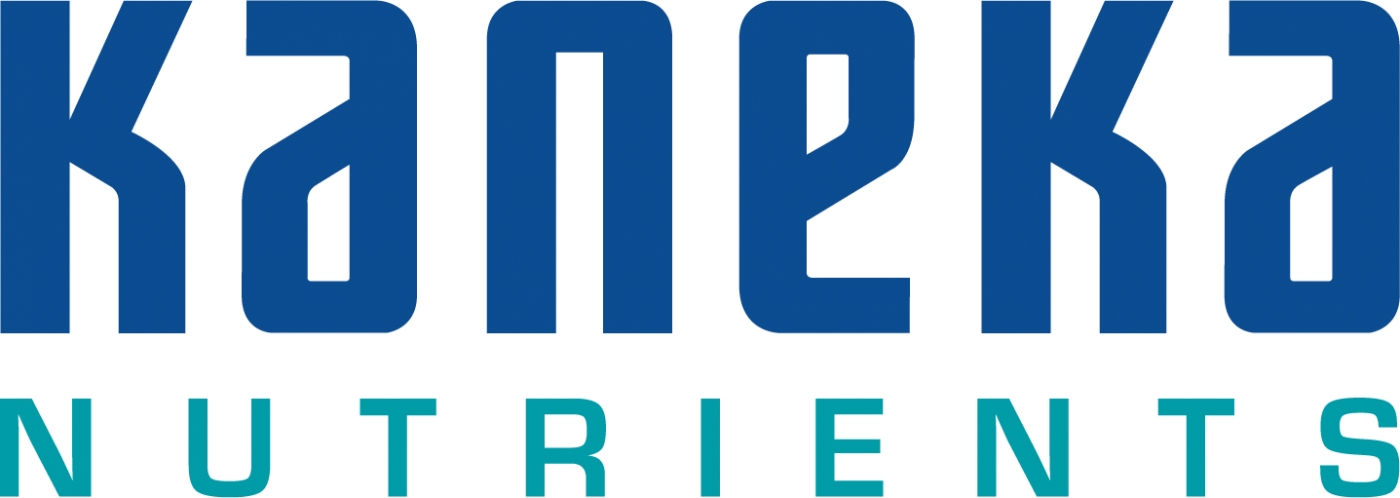By: Bill Haines

A generation ago, parents urged their children to drink milk for strong bones and eat carrots for better eyesight. Today, consumers can choose from a dazzling array of vitamin-fortified and nutritionally enhanced foods with multiple health benefits. Within these choices, dairy ingredients and cultures play a big role in adding to the vitamin and nutritional profile of foods designed or enhanced to be more “functional.”
Hard scientific investigation into the beneficial aspects of various ingredients or cultures is still in the early stages. Nevertheless, some sources estimate the functional and nutraceutical foods market is thriving to the tune of an estimated $60-80 billion annually in the U.S. A portion of this market includes foods containing “probiotics,” or bacteria that “favor life,” further defined as a “living microorganism, which upon ingestion in certain numbers exerts health benefits beyond inherent basic nutrition” (Guarner F, Schaafsma G.J (1998). Probiotics. Int J Food Microbiol 39:237-238).
Bacteria not only surround us, flourishing in environments as diverse as the ocean floor and the Arctic, but also live within us in our large intestine. The human large intestine contains an estimated trillion bacteria per gram of content. Laboratory animals raised in the absence of bacteria (“germ-free” animals) are more susceptible to infection and have poorly primed immune systems, demonstrating the importance of the bacteria in our systems.
Recently the scientific world has trained its microscopes on the tremendous task of classifying the bacteria in the human body, determining the best delivery systems to put good bacteria in place and then using the most efficient way to enhance any beneficial probiotic activities within the human intestine. Today, these issues concern food manufacturers attempting to add a probiotic to their product line.
Probiotics-Microbes With A Past
The field of probiotic study is relatively new, getting started about 100 years ago with Eli Metchnikoff, a Nobel Prize laureate. Dr. Metchnikoff studied Russian peasants who had long life spans, linking their longevity to their diet, which included large amounts of fermented yogurt. He proposed a link between better health and longer life by consuming positive acting bacteria that were delivered to the intestine by the yogurt.
For the next several decades, scientific research into probiotics moved slowly, with renewed interest in the 1960’s. More than 20 years ago, the Yakult Company of Japan introduced a fermented milk product containing a probiotic culture. Today in Japan, dozens of probiotic-type products on supermarket shelves range from fortified drinks to candy containing Lactobacillus and Bifidobacterium, both “friendly” bacteria linked to health benefits such as aiding digestion and boosting the immune system. Europe caught on to the trend seven years ago. In the U.S., the first probiotic product was sweet acidophilus milk; now the majority of probiotic foods consumers find in the U.S. are produced by yogurt manufacturers.
Careful study and selection of proper cultures is encouraged by Mary Ellen Sanders, Ph.D., adjunct research professor at California Polytechnic State University in San Luis Obispo and the Dairy Products Technology Center, funded in part by America’s dairy farmers and managed by Dairy Management Inc. (DMI). Dr. Sanders warns against food manufacturers simply adding a culture to their product. “Proper strain selection is important to responsible product development,” she said. “A strain with validated health effects used in the right amount and in the right way can be beneficial. This may not be true for a generic, ‘off-the-shelf’ acidophilus.”
Important identified strains of probiotic bacteria include Lactobacillus and Bifidobacteria, which may help prevent infection by pathogenic microbes. Both are indigenous to the human gastrointestinal tract, but their numbers can decrease with age, stress, antibiotics, alcohol consumption and other factors. People can potentially boost the levels of these helpful bacteria by continuous consumption of foods that contain probiotic cultures.
Optimum Delivery Systems
Why should probiotics be delivered through a food system instead of a pill?
“Bile and acid resistance properties are important for probiotic survival,” said Dr. Sanders. “The probiotic bacteria have to fight their way through the stomach to make it to the intestine alive, which is primarily where they work in the human system. The human stomach is incredibly acidic, usually with pH as low as two, which is the body’s mechanism to kill undesirable bacteria. That’s more acidic than a lemon. In fact, the stomach is more like hydrochloric acid.
“The benefit of delivering something like a probiotic through a food system, such as yogurt, is that it buffers the stomach a bit. When people eat, it raises the stomach’s pH. Yogurt’s composition of protein and other components, plus a semisolid consistency, give the probiotic bacteria a better chance to make it into the intestine alive.”
Opinions differ on the best delivery method for introducing probiotics into the digestive system. According to Todd Klaenhammer, Ph.D., director of the dairy farmer-funded Southeast Dairy Foods Research Center at North Carolina State University in Raleigh, NC, historic evidence from the past 100 years contains testimonials that point to dairy foods, especially fermented dairy foods, as the best delivery system.
“Historically there has been a close connection between cultured dairy products and probiotic functionality,” said Dr. Klaenhammer. “Work funded by DMI under the umbrella of the dairy foods research program is attempting to generate scientific proof to show that first of all, probiotics elicit health benefits. Secondly, we’re trying to scientifically prove that close connection between dairy foods and probiotics to show that dairy foods aid in probiotic survival and enhance their activity.”
“Right now,” he said, “most scientists believe that probiotic bacteria have a positive impact on the normal microflora of the gastrointestinal tract. With the clinical and molecular tools that have recently become available, I expect that the many benefits of probiotic cultures will soon be proven clinically.”
Many researchers believe that probiotic bacteria do have a positive impact on intestinal microflora, but additional health benefits are likely to occur as well. Accumulated data from the scientific community suggest that these organisms can:
– positively impact the normal microflora and its balance within the colon;
– assist with prevention of antibiotic-associated diarrhea;
– act as anti-cancer agents (as shown in animal models);
– stimulate the immune system of normal and potential immunocompromised humans;
– provide nutritional benefits;
– aid in the production of vitamin B and folate;
– assist with the digestion of lactose;
– improve vaginal and urinary tract health; and
– help reduce hypertension.
“We need a strong body of scientific evidence to support positive effects before food manufacturers begin to claim or infer health benefits,” Dr. Klaenhammer said. “However, if a food formulator is looking to use an ingredient that will provide functional characteristics plus potential probiotic benefits, dairy is the perfect place to start.”
Formulating With Probiotics
Food formulators developing probiotic dairy products must choose the right culture, deliver it through the right system and provide a physiologically relevant dose of probiotic bacteria. Currently researchers hold differing opinions. Some maintain that a level of 106 cells per day is sufficient, while others cite human studies that seem to indicate a level of 109 or 1010 per day is the minimum needed for a clinical effect.
Dr. Sanders commented, “It is difficult to assess the appropriate intake of probiotic bacteria for a reasonably healthy person because we might not be able to measure quantifiable results for many years. It appears there is little risk in consuming large numbers of these bacteria and the positive influences seem to improve as the dosage increases.”
She also discussed the danger of placing too much value on a single, isolated ingredient. “We get all caught up in what we know and forget that there is a lot we have yet to discover. Thirty years ago we didn’t have the body of knowledge we currently possess and 30 years into the future our body of knowledge will have evolved again. There may be important synergies between ingredients or different strains of bacteria normally present in a food that we haven’t defined yet.
“By isolating certain components we might throw away benefits not yet discovered in the original product. If a formulator is looking for a healthful ingredient addition, milk products containing probiotic bacteria provide a combination of many healthy attributes, known and perhaps yet to be discovered,” she said.
Probiotics In The Future
Dr. Klaenhammer talked about the bright future of probiotic research. “What is truly exciting are the studies proposing the possibility of using probiotics to improve the immune system to heighten a person’s resistance to disease and infection-preventive medicine instead of antibiotic therapy,” said Mr. Klaenhammer. With more strains of bacteria becoming resistant to antibiotics and increasing opportunities for enteric disease (e.g. aging populations, immunocompromised), probiotics could prove very useful in maintaining a person’s general health and well being.
“We are on the verge of a new product explosion,” continued Dr. Klaenhammer. “When Dr. Metchnikoff first made his observation, there might have been a few hundred food staples available to consider for meal selection. Today there are 50,000 in the grocery store. Many predict that number will double, triple or escalate up to 500,000 in the next decade.”
Probiotics and the nutraceuticals industry will play a big role in this new product explosion. Help is available for those food technologists interested in learning more about the use, formulation and benefits of dairy products and probiotic cultures. NW
About the author:
Dairy Management Inc.(DMI) is the domestic and international planning and management organization responsible for increasing demand for dairy products on behalf of America’s dairy farmers. DMI manages the American Dairy Association, National Dairy Council and U.S. Dairy Export Council. For more information: DMI, 10255 West Higgins Road, Suite 900, Rosemont, IL 60018-5616; 800-248-8829; Fax: 847-803-2077; Websites: www.doitwithdairy.com; www.extraordinarydairy.com.




















